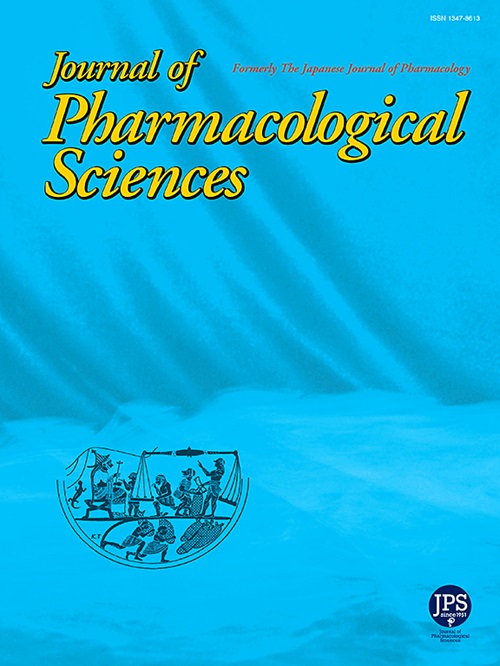Establishing a nanoluciferase-based assay as a high-throughput screening platform for therapeutics in congenital nephrotic syndrome
IF 2.9
3区 医学
Q2 PHARMACOLOGY & PHARMACY
引用次数: 0
Abstract
Nephrin is crucial for the formation of the glomerular slit diaphragm, which is the final filtration barrier in the kidney. A mutation in the NPHS1 gene that codes for nephrin causes congenital nephrotic syndrome of the Finnish type (CNF). Most missense mutations render nephrin non-functional due to the defective nephrin trafficking to the cell membrane. Pharmacological approaches that induce the expression of nephrin on the cell membrane are feasible, but therapeutic development is hampered by the lack of a high-throughput screening (HTS) system. Here, we developed a nanoluciferase HiBiT-based HTS platform to quantify the cell membrane expression of a nephrin mutant. This evaluation system reflected the previously reported results of various nephrin mutant localization. Using this system, we screened and identified 10 compounds that promoted the expression of the nephrin E725D mutant on the cell membrane. Moreover, the phosphorylation and N-glycosylation of nephrin, which are modifications that indicate its cell surface localization, correlated with the luminescence values of HiBiT-Nephrin in the compound screening. Consequently, this HiBiT-Nephrin evaluation system could be a new platform for predicting the pathogenicity of variants and searching for therapeutic agents for CNF.
建立一种基于纳米荧光素的检测方法,作为先天性肾病综合征治疗方法的高通量筛选平台
肾素对肾小球狭缝隔膜的形成至关重要,这是肾脏的最终滤过屏障。编码肾素的NPHS1基因突变导致芬兰型先天性肾病综合征(CNF)。大多数错义突变使肾素失去功能,这是由于肾素运输到细胞膜的缺陷。诱导肾素在细胞膜上表达的药理学方法是可行的,但由于缺乏高通量筛选(HTS)系统,治疗发展受到阻碍。在这里,我们开发了一个基于纳米荧光素酶hibit的HTS平台来量化肾素突变体的细胞膜表达。该评价体系反映了先前报道的各种肾素突变定位的结果。利用该系统,我们筛选并鉴定了10种促进肾素E725D突变体在细胞膜上表达的化合物。此外,nephrin的磷酸化和n -糖基化修饰(表明其细胞表面定位)与HiBiT-Nephrin在化合物筛选中的发光值相关。因此,该HiBiT-Nephrin评价系统可作为预测变异致病性和寻找CNF治疗药物的新平台。
本文章由计算机程序翻译,如有差异,请以英文原文为准。
求助全文
约1分钟内获得全文
求助全文
来源期刊
CiteScore
6.20
自引率
2.90%
发文量
104
审稿时长
31 days
期刊介绍:
Journal of Pharmacological Sciences (JPS) is an international open access journal intended for the advancement of pharmacological sciences in the world. The Journal welcomes submissions in all fields of experimental and clinical pharmacology, including neuroscience, and biochemical, cellular, and molecular pharmacology for publication as Reviews, Full Papers or Short Communications. Short Communications are short research article intended to provide novel and exciting pharmacological findings. Manuscripts concerning descriptive case reports, pharmacokinetic and pharmacodynamic studies without pharmacological mechanism and dose-response determinations are not acceptable and will be rejected without peer review. The ethnopharmacological studies are also out of the scope of this journal. Furthermore, JPS does not publish work on the actions of biological extracts unknown chemical composition.

 求助内容:
求助内容: 应助结果提醒方式:
应助结果提醒方式:


